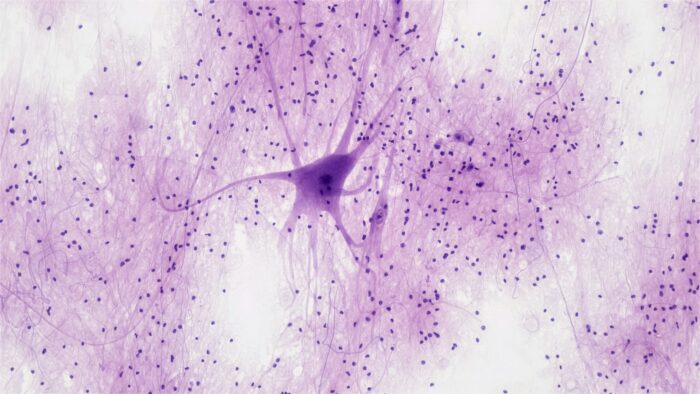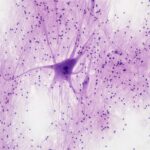Have you ever wondered how your brain manages to hold information in mind for a short period of time? For instance, when you read the Wi-Fi password off of a cafe’s menu board and have to hold onto it in your working memory until you can enter it into your laptop? This is a question that researchers have been trying to answer for decades, and now MIT neuroscientists have made a significant contribution to this field.

Photo by Bioscience Image Library by Fayette Reynolds on Unsplash.
Static Neurons or Dynamic Neurons?
In a study published in PLOS Computational Biology, scientists at The Picower Institute for Learning and Memory have shed light on the underlying mechanism for holding information in mind. They compared measurements of brain cell activity in an animal performing a working memory task with the output of various computer models representing two theories of the underlying mechanism for holding information in mind. The results strongly favoured the newer notion that a network of neurons stores the information by making short-lived changes in the pattern of their connections, or synapses. This contradicted the traditional alternative that memory is maintained by neurons remaining persistently active.
While both models allowed for information to be held in mind, only the versions that allowed for synapses to transiently change connections (“short-term synaptic plasticity”) produced neural activity patterns that mimicked what was actually observed in real brains at work. This insight is significant because it demonstrates that the idea that brain cells maintain memories by being always “on” may be simpler, but it doesn’t represent what nature is doing and can’t produce the sophisticated flexibility of thought that can arise from intermittent neural activity backed up by short-term synaptic plasticity.
Working memory is a complex and dynamic process, and to give it the freedom it needs to be flexible, you need mechanisms like short-term synaptic plasticity. This flexibility is necessary for sophisticated thought processes that are not possible with sustained activity alone. The study demonstrates that neural networks featuring short-term synaptic plasticity can produce more brain-like activity patterns and have additional functional benefits in terms of robustness.
Understanding this mechanism has implications for treating neurological disorders like Alzheimer’s disease and for developing advanced artificial intelligence technologies.
Categorised in: Uncategorized
This post was written by Evelyn Eekels
